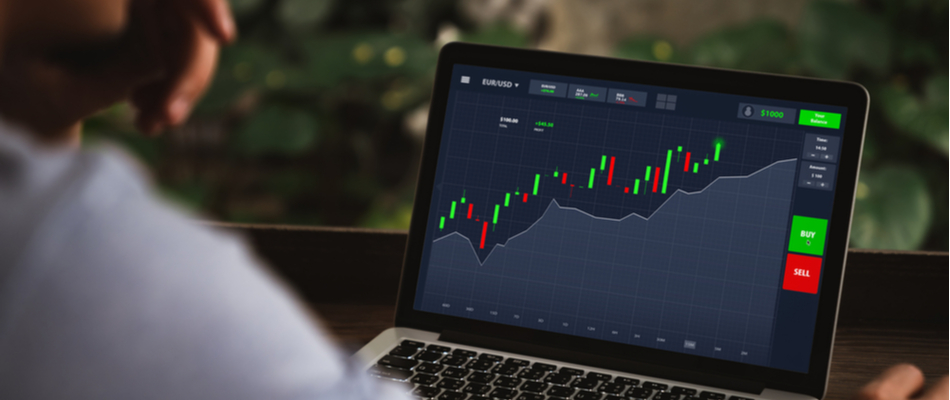Buying shares, tips for the novice share investor
Buying shares , how do you start? Have you discovered that your money in your savings account is not yielding much anymore and have you heard a lot about investing? Are you thinking about investing in shares ? But how does this work? What do shares cost? Can I earn money with shares? Which shares should I buy and how do I buy shares? Here you will find all the useful information you will need as a beginner (share tips!).
Buying shares tips
Before you read our tips, we will first explain how you can buy shares. This used to be possible for private individuals only through a bank. This involved a lot of costs. Nowadays, this is fortunately much easier. There are many different companies (= brokers) that give you the opportunity to take this into your own hands.
Before you start actually buying shares, it is good to do some research first. In general, as a (not yet) investor, you can start buying shares in just 4 steps:
- Choose a suitable stock (based on your research)
- Start comparing brokers
- Register (for free) with the broker that suits your needs and check whether this broker offers your chosen share.
- Buy your chosen stock(s)!
Stock tips: demo account
Anyone can learn to invest and this can even be done without any costs or risks. Rule 1 is, start with a demo. Many websites give you the opportunity to open a demo account . This is the ideal way for beginners to familiarize themselves with investing. With many brokers, such as eToro , you can create your own demo account completely free of charge. This allows you to trade with $100,000 of fictitious money right away, without any risks . Everything about this account works exactly the same as with a real account. This allows you to investigate at your own pace how everything works without putting your own, well-earned money to the test. So make use of this before you buy shares yourself.
Buying shares: the costs
When buying stocks, there are several costs to consider. Firstly, there are the transaction costs that you pay to your broker for executing the transaction. It is important to understand these costs carefully, as they can affect your returns. Sometimes there are also costs associated with buying and selling foreign stocks, such as exchange rate costs. Keep in mind that the costs of buying stocks vary depending on the broker and the type of stock you are buying. Discover the different brokers here . Finally, brokers can also charge fees for using the platform or service they offer, but these are not connected to buying stocks.
Buy shares and learn to invest without risks
During your trial period, you will quickly discover that investing is easier than you thought. It certainly does not always have to be risky and once you get the hang of it, it will usually yield you more than the interest on your savings account. However, investing always involves risks. Cover these as best you can. Look between the shares, go through different investment opportunities and try to generate profit with your demo account. When you have gained enough experience, you can decide at any time to switch to a trading account and start investing with real money.

Don’t invest in the unknown
Another golden rule for buying stocks for beginners is never to invest in something you do not understand. You are interested in a stock but know almost nothing about the company or the market in which it is located. Then it becomes difficult to analyze this stock. After all, you have to stay well informed about possible changes within a sector. Therefore, invest in companies that you understand.
Compare brokers and start buying shares
Are you excited about buying stocks after reading this article? Start your research, compare stock brokers and find the broker that suits you best!